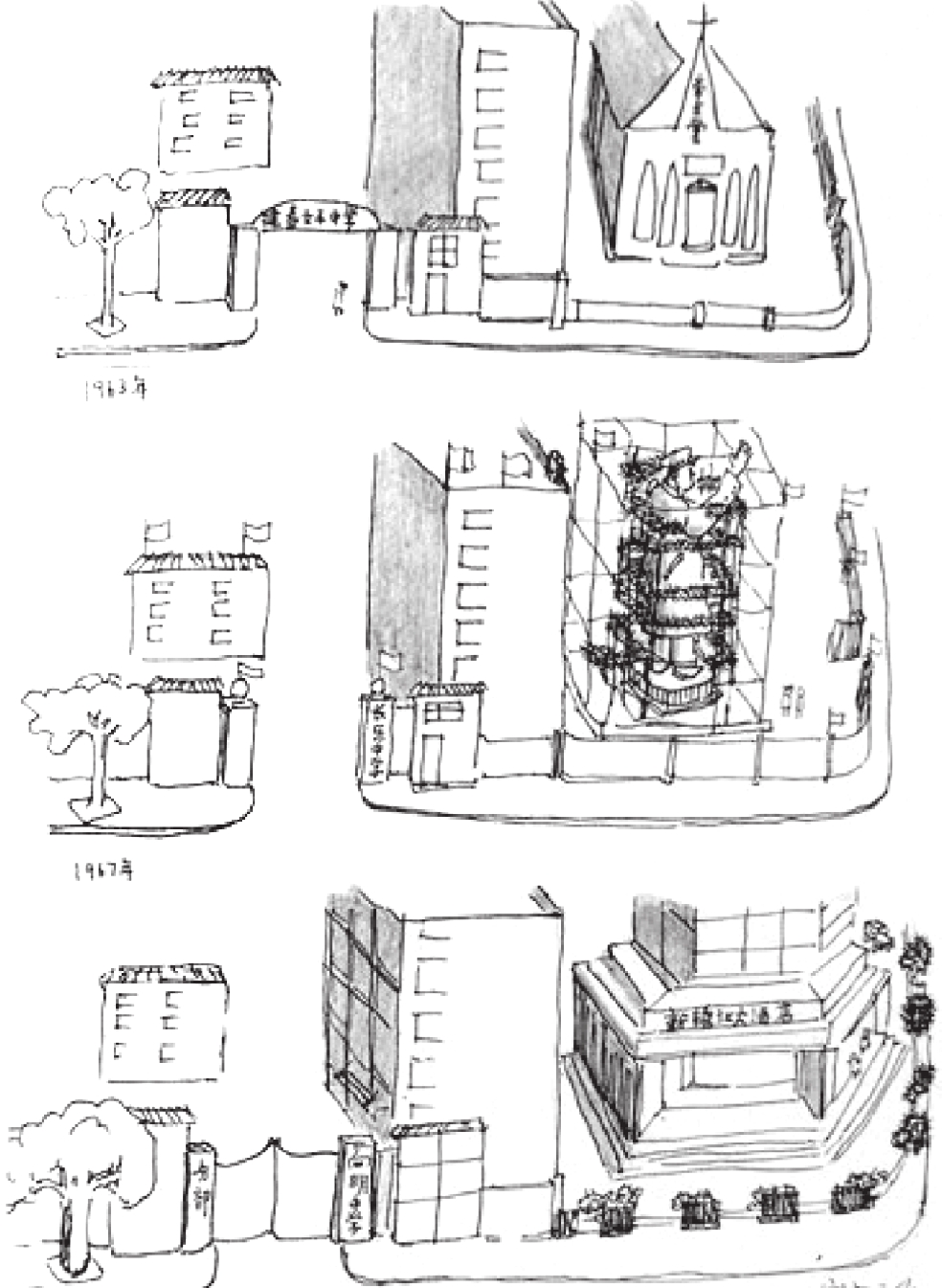The Literary Variation in the Age of Image
- Available Online: 2019-10-01
Abstract: The culture in paper and broadcast media (broadcasting and radio) predominated in the first three decades of New China. Newspaper, books and broadcasting were the main approaches for readers to read or to acquire information. Since New Period, our country enters the age of the image, with the popularization of television, computer and cellphone and the industrial revolution of movie. The advent of the age of the image has given birth to new literary genres, and also changed the relation of literature and image. Image gets rid of its subordination to narration: more and more composite texts emerge with the combination of literature and image, in pursuit of the equality between knowability and visuality; some new media, in particular, show the possibility of independent narrative, without the limitation of language, words, even voice. These tendencies seemingly reflect the conservatism of language and the flexibility of images, while they actually reveal the tacit agreement among desire, image and view.




 沪公网安备 31010102003103号
沪公网安备 31010102003103号 DownLoad:
DownLoad:
